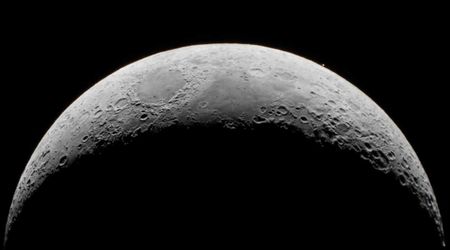The Virgo Cluster

With the passing of the March equinox comes the best time of the year for observing galaxies. On spring evenings, if the skies are clear, we can look beyond the veil of stars in our own Galaxy, the Milky Way. As we peer out into deep space we see countless other galaxies, most of them in the direction of the constellations Virgo and Coma Berenices.
We are in fact looking at a genuine grouping – the famous Virgo-Coma Cluster of Galaxies, a huge aggregation of systems at a mean distance of around 60 million light-years. The cluster straddles the boundary between Coma Berenices and Virgo, with the weight in the Bowl of Virgo (outlined by Epsilon, Delta, Gamma, Eta and Beta Virginis, and Denebola or Beta Leonis).
The Virgo-Coma Cluster is probably the most thoroughly studied cluster of galaxies by virtue of being nearest to our own Galaxy. Observations of it have had an important role in the study of several astrophysical problems. The cluster covers about 10° in the sky (twenty times the diameter of the Full Moon), which implies that its physical diameter is some 10 million light-years.
Astronomers estimate between 1,500 and 2,000 galaxies populate this cluster, which forms the heart of the Local Supercluster. The Local Group, of which our Milky Way is part, is another collection of galaxies within the Local Supercluster. The Virgo-Coma Cluster’s mass measures some 1.2 quadrillion (1.2 x 1015) suns, so massive that it influences the Local Group gravitationally; we are moving toward the Virgo-Coma Cluster.
For backyard telescope users, there are sixteen Messier objects in the cluster and several other galaxies brighter than 11th magnitude. From a dark site, a 6-inch scope will show about 140 galaxies in this region! However, to find and identify them means using a detailed chart and, preferably, a telescope equipped with a GoTo mount. Do not confuse the Virgo-Coma Cluster with the open star cluster of Coma Berenices (Melotte 111), which lies close to it in the sky but is a relatively near neighbor in our own Galaxy.























